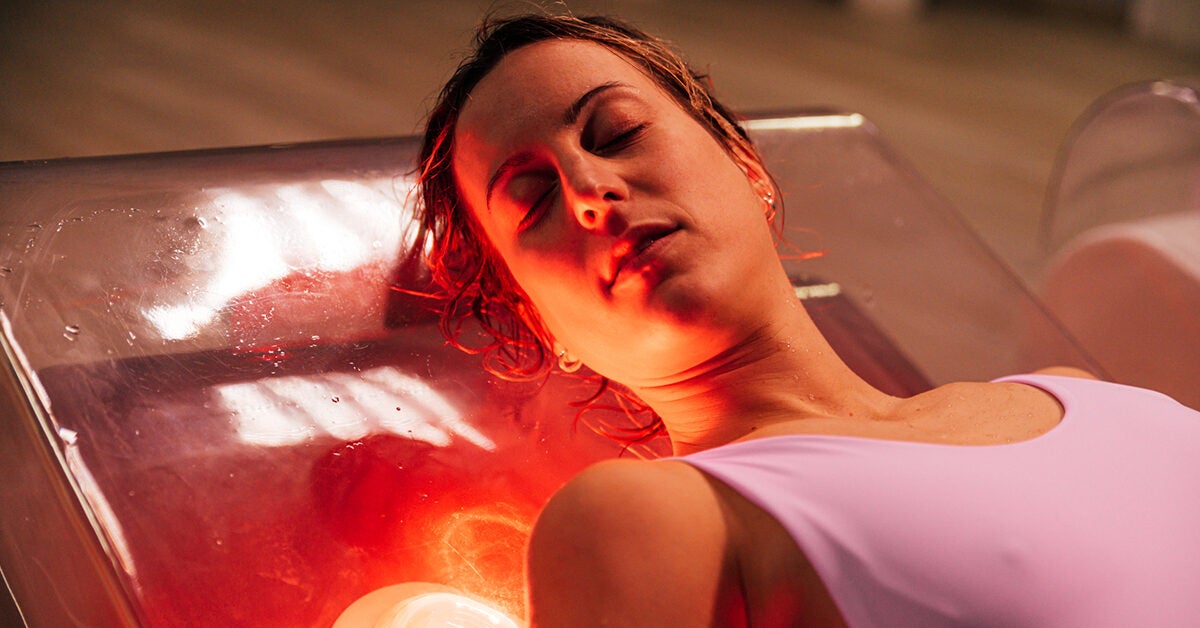
Introduction
In recent years, red light therapy has gained significant attention for its potential health benefits. This non-invasive treatment utilizes specific wavelengths of red light to stimulate cellular activity and promote healing. As with any therapeutic approach, red light therapy comes with its own set of pros and cons. In this comprehensive article, we will explore the advantages and disadvantages of red light therapy, examining its effectiveness, safety, and possible side effects. So, let’s dive in and shed some light on the subject!
Table of Contents
- What is Red Light Therapy?
- How Does Red Light Therapy Work?
- Pros of Red Light Therapy 3.1 Accelerates Wound Healing 3.2 Relieves Joint Pain and Inflammation 3.3 Boosts Collagen Production for Skin Health 3.4 Enhances Muscle Recovery and Performance 3.5 Improves Mood and Mental Well-being
- Cons of Red Light Therapy 4.1 Eye Safety Concerns 4.2 Limited Evidence for Some Claims 4.3 Potential Skin Irritation 4.4 Requires Regular and Consistent Use 4.5 Cost and Accessibility
- FAQs about Red Light Therapy 5.1 Is red light therapy safe? 5.2 How often should I undergo red light therapy sessions? 5.3 Can red light therapy help with hair growth? 5.4 Are there any age restrictions for red light therapy? 5.5 Can red light therapy be used alongside other treatments? 5.6 Does red light therapy have any contraindications?
- Conclusion
What is Red Light Therapy?
Red light therapy, also known as low-level light therapy (LLLT) or photobiomodulation, involves the use of red and near-infrared light to stimulate healing and rejuvenation at the cellular level. This therapy has its roots in NASA research, which revealed the positive effects of red light on plant growth and cell regeneration. Over time, scientists discovered that these therapeutic wavelengths can also benefit human health.
How Does Red Light Therapy Work?
Red light therapy works by penetrating the skin and being absorbed by the cells. The energy from the light stimulates the mitochondria, the powerhouse of the cell, leading to various physiological responses. It enhances cellular metabolism, increases blood flow, and activates antioxidant defense systems. These processes contribute to the therapeutic effects of red light therapy.

Pros of Red Light Therapy
3.1 Accelerates Wound Healing
One of the significant benefits of red light therapy is its ability to promote wound healing. Studies have shown that red light stimulates fibroblast activity, leading to increased collagen production and faster tissue repair. It can be particularly beneficial for diabetic ulcers, burns, surgical incisions, and other slow-healing wounds.
3.2 Relieves Joint Pain and Inflammation
Red light therapy has demonstrated promising results in relieving joint pain and inflammation. By reducing oxidative stress and modulating inflammatory mediators, red light therapy can provide relief for individuals suffering from conditions such as arthritis, tendinitis, and carpal tunnel syndrome. It offers a non-pharmacological alternative for pain management.
3.3 Boosts Collagen Production for Skin Health
Collagen is essential for maintaining the elasticity and youthful appearance of the skin. Red light therapy stimulates fibroblasts in the skin, which promotes collagen synthesis. As a result, it can improve skin texture, reduce the appearance of wrinkles and fine lines, and enhance overall skin health.
3.4 Enhances Muscle Recovery and Performance
Athletes and fitness enthusiasts can benefit from red light therapy’s ability to enhance muscle recovery and performance. By increasing cellular energy production and reducing muscle fatigue, red light therapy aids in post-workout recovery, allowing individuals to train more effectively and achieve better results.
3.5 Improves Mood and Mental Well-being
Beyond its physical benefits, red light therapy has shown potential in improving mood and mental well-being. Research suggests that red light stimulates the production of serotonin, a neurotransmitter associated with mood regulation. It may help alleviate symptoms of depression, improve sleep quality, and enhance overall mental wellness.
Cons of Red Light Therapy
4.1 Eye Safety Concerns
Although red light therapy is generally safe, it is crucial to protect the eyes from direct exposure. Prolonged or intense exposure to red light can potentially damage the retina. Therefore, wearing appropriate eye protection, such as goggles, is necessary during treatment.
4.2 Limited Evidence for Some Claims
While red light therapy has shown promising results for various conditions, some claims lack robust scientific evidence. Further research is needed to fully understand its efficacy in areas such as hair growth, weight loss, and cellulite reduction. It is important to approach these claims with caution until more substantial evidence becomes available.
4.3 Potential Skin Irritation
In rare cases, red light therapy may cause skin irritation, particularly in individuals with sensitive skin. This can manifest as redness, itching, or a rash. It is advisable to perform a patch test before initiating full-body treatment and consult a healthcare professional if any adverse reactions occur.
4.4 Requires Regular and Consistent Use
To experience the benefits of red light therapy, consistency is key. Treatment sessions should be performed regularly according to the recommended guidelines. Missing sessions or inconsistent use may diminish the desired outcomes. It requires commitment and adherence to a treatment schedule.
4.5 Cost and Accessibility
Another consideration when contemplating red light therapy is its cost and accessibility. While there are at-home devices available, they can be relatively expensive upfront. Additionally, accessing professional red light therapy services may not be readily available in all areas. Individuals should evaluate the feasibility and cost-effectiveness before committing to this form of treatment.
FAQs about Red Light Therapy
5.1 Is red light therapy safe?
Yes, red light therapy is considered safe when used correctly. It is non-invasive and does not produce significant heat, making it a low-risk treatment option. However, eye protection is crucial to prevent potential eye damage.
5.2 How often should I undergo red light therapy sessions?
The frequency of red light therapy sessions depends on the specific condition being treated and the device used. In general, a recommended starting point is 2-3 sessions per week, with each session lasting 10-20 minutes. It is best to follow the guidelines provided by the manufacturer or consult with a healthcare professional.
5.3 Can red light therapy help with hair growth?
While red light therapy shows promise in stimulating hair growth, the evidence is still limited. Some studies suggest that it may help individuals experiencing androgenetic alopecia or thinning hair, but more research is needed to determine its effectiveness and optimal parameters.
5.4 Are there any age restrictions for red light therapy?
Red light therapy is generally safe for individuals of all ages. However, it is advisable to consult with a healthcare professional, especially when considering treatment for children, pregnant women, or individuals with specific medical conditions.
5.5 Can red light therapy be used alongside other treatments?
Red light therapy is often used in conjunction with other treatments for synergistic effects. It can complement traditional therapies, such as physical therapy, chiropractic care, and skincare routines. However, it is essential to inform healthcare professionals about all ongoing treatments to ensure compatibility and avoid potential interactions.
5.6 Does red light therapy have any contraindications?
While red light therapy is considered safe for most individuals, there are certain contraindications to be aware of. These include active cancerous lesions, overactive thyroid gland, epilepsy, photosensitivity disorders, and individuals taking medications that increase photosensitivity. It is crucial to consult with a healthcare professional to assess individual suitability for red light therapy.
Conclusion
Red light therapy offers a non-invasive and potentially beneficial treatment option for various conditions. Its ability to accelerate wound healing, relieve joint pain, boost collagen production, enhance muscle recovery, and improve mood makes it an attractive therapeutic choice. However, precautions should be taken to ensure eye safety, and some claims require further scientific evidence. Consistency in treatment and consideration of cost and accessibility are also important factors to keep in mind. As with any medical treatment, it is advisable to consult with a healthcare professional before incorporating red light therapy into your wellness routine.

